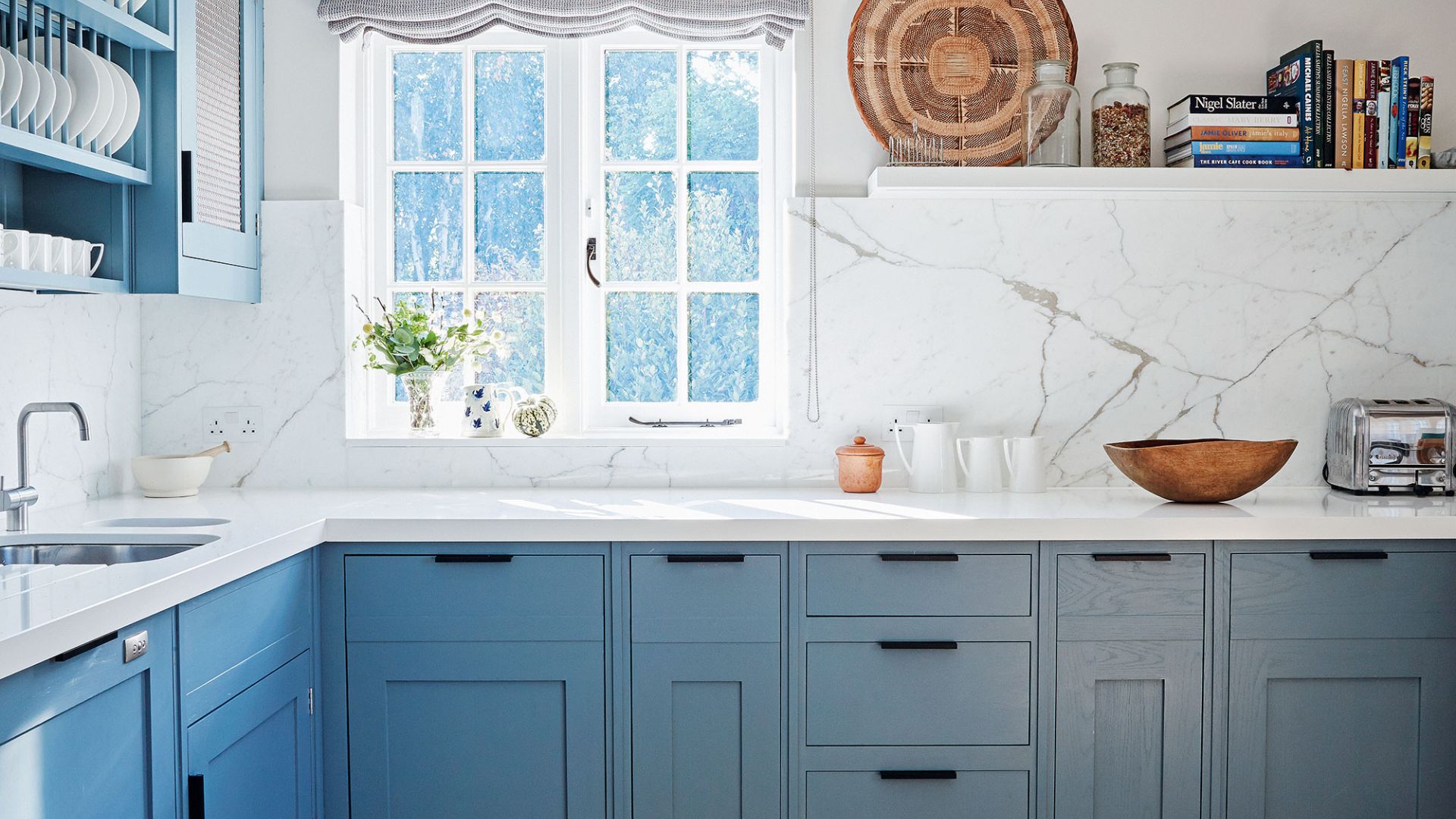
People tend to have a love-hate relationship with L-shaped kitchens. On the one hand, they can be a great choice for compact spaces, offering extra counter room and a more social layout. On the other hand, they can be tricky to organize with minimal space for cabinets and drawers.
However, even the smallest L-shaped kitchen layout can be made practical and efficient by making use of what you already have, and only adding storage solutions to bridge gaps in functionality and thereby avoiding overcrowding.
These are the six steps professional organizers swear by to perfect your L-shape kitchen storage.
How to organize an L-shaped kitchen
1. Keep items close to where you use them
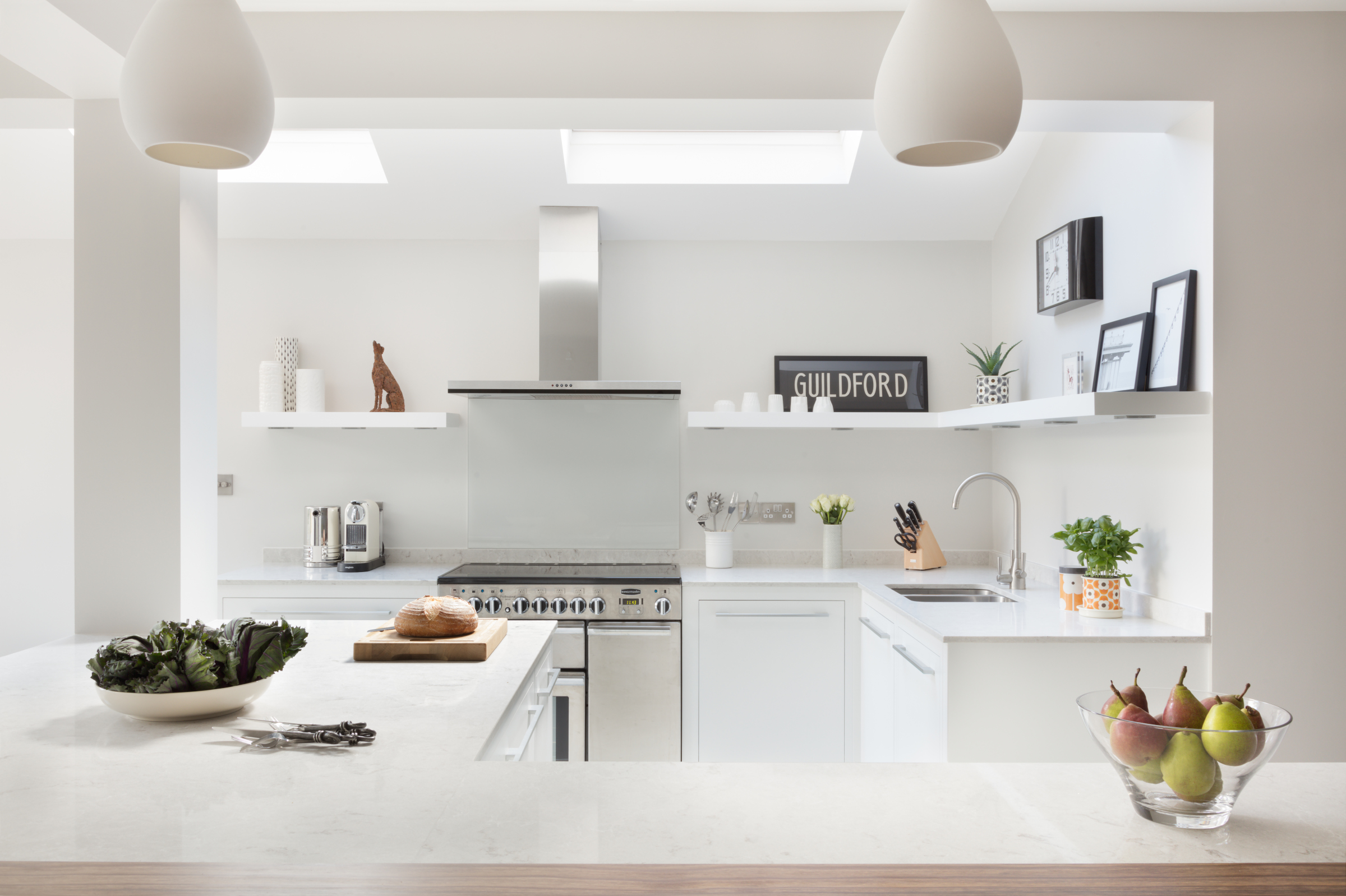
One of the most important steps in organizing an L-shaped kitchen is working out the six key zones for kitchen organizing and assigning each of them a spot, begins Christina Lee, professional home organizer and owner of Graceful Spaces Organizing. She suggests starting by sorting items and storing them closest to where you use them most to maintain a constant flow as you cook.
She explains, ‘Place frequently used items closest to the dishwasher and stove and store spatulas, oven mitts, and spices in drawers near the stove, with larger drawers or cabinets for pots and pans.'
‘Designate the bottom of the L for specialty zones (such as breakfast, lunch, or smoothie stations) away from the stove and oven, and limit non-kitchen items like pens and notebooks to a single drawer. If need be, consider relocating entertaining supplies to a dining room if kitchen space is limited.'
2. Declutter regularly
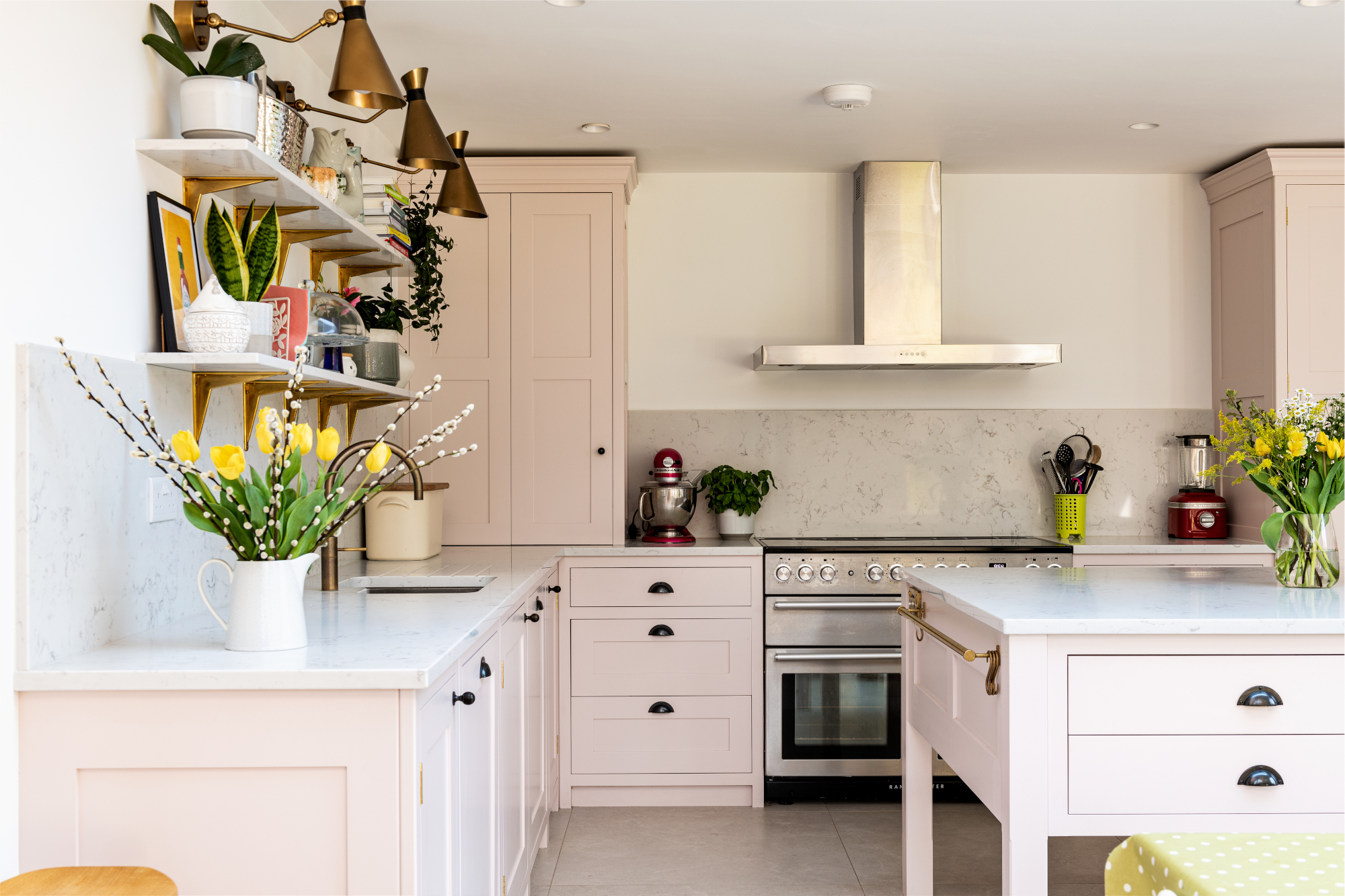
If storage space is limited, you will have to work through a kitchen decluttering checklist to make what space you do have more functional.
Robyn Reynolds, certified professional organizer and owner of Organize2Harmonize says, ‘The kitchen is the one room that will usually take the longest to organize because there are so many items. It is very easy to acquire multiple items that you don't use. Since space is not limitless, be very deliberate with what you actually need to keep.’
When deciding what to declutter from a kitchen, start by putting everything you do use to one side and taking stock of what is left. Anything you have not used in a year or more is a good contender for decluttering, as is anything that you haven't used recently, but could be easily replaced using the 20/20 rule (anything that can be replaced in under 20 minutes, or under 20 dollars).
3. Consider an extra freestanding counter
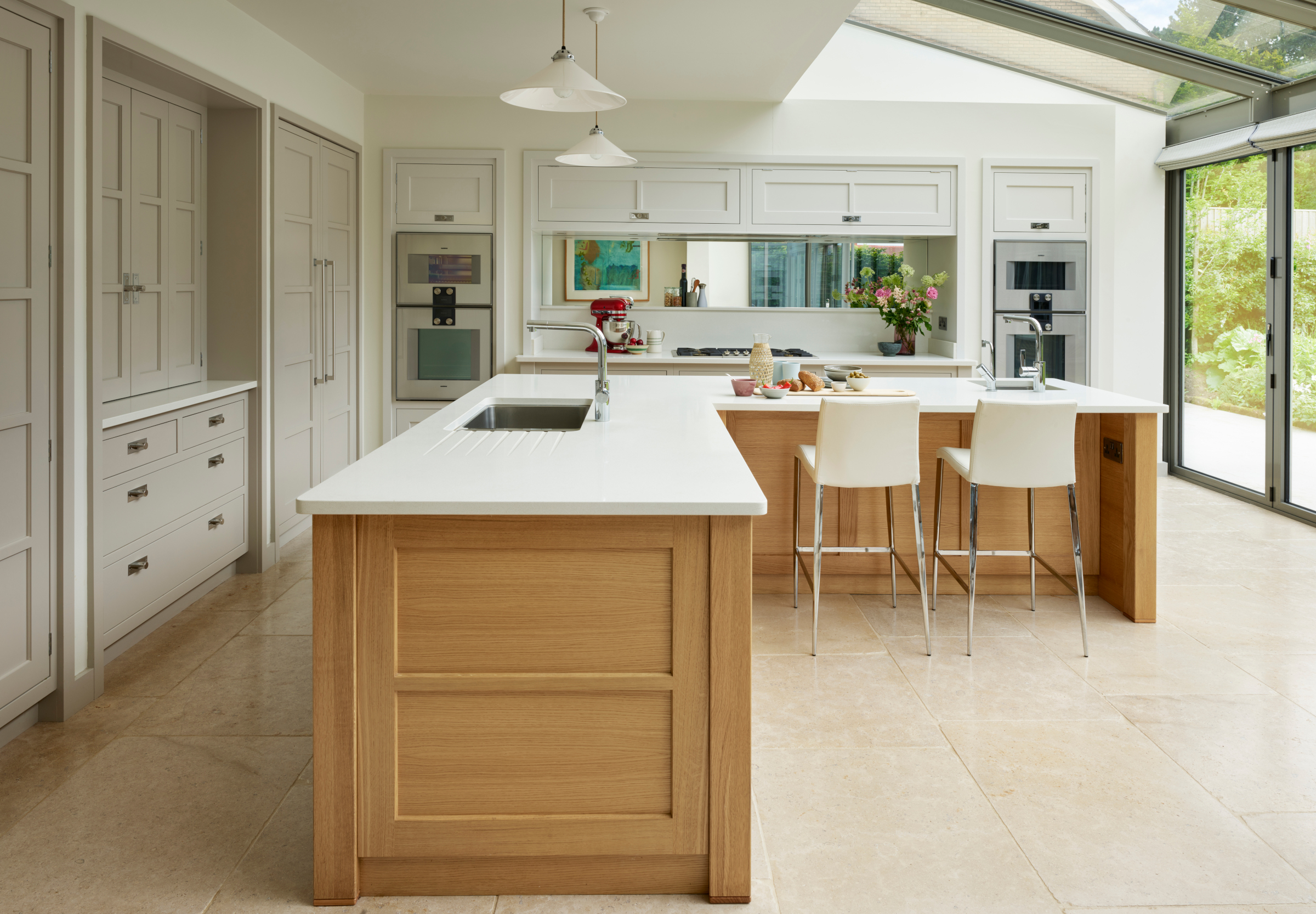
If you need to make more counter space in a small kitchen, consider adding a small free-standing counter on the empty wall suggests Barbara Brock, founder and CEO of Barbara Brock Inc., a professional organizing and staging company. This will give you both more work space, and extra storage, she points out.
‘A movable counter is a good addition to this type of kitchen if you need a flexible space, alternatively, a stand-alone counter with shelves can be an added element to an L-shape kitchen to make more counter space.'
‘Attaching a hinged counter to a wall can add a place to sit and have a meal, allot added counter space, and can be folded down when necessary,’ Barbara adds.
4. Maximize corner storage
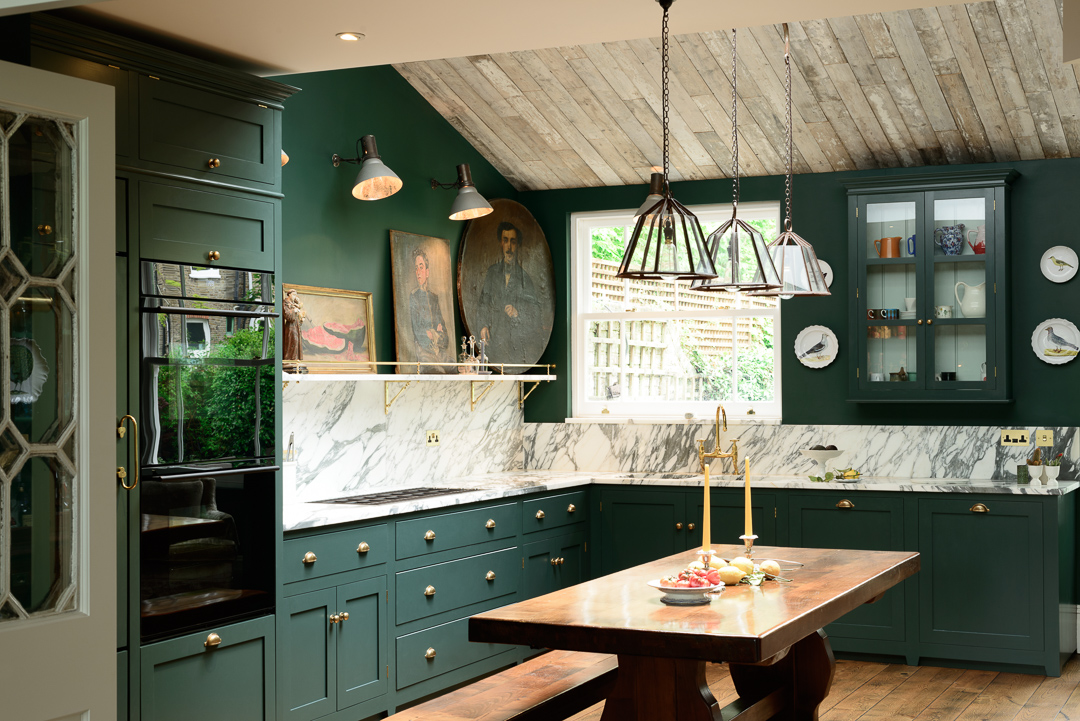
Kitchen corner cabinets offer a huge amount of storage space but are often difficult to access and organize efficiently.
‘Corners can be tricky, but lazy Susans are a lifesaver,’ shares Meaghan Kessman, professional organizer and owner of the eponymous organizing company. ‘They make those hard-to-reach areas more accessible and help you make the most of every inch of space.’
If you have the budget, it can also be worth investing in a full pull-out cabinet system to avoid having to reach into the cabinet in the first place.
Corner cabinet pull-out organizers are simple to install in existing cabinets and can help to make accessing the blind corner easier and prevent items from getting forgotten in the back corner.
5. Take storage onto the walls
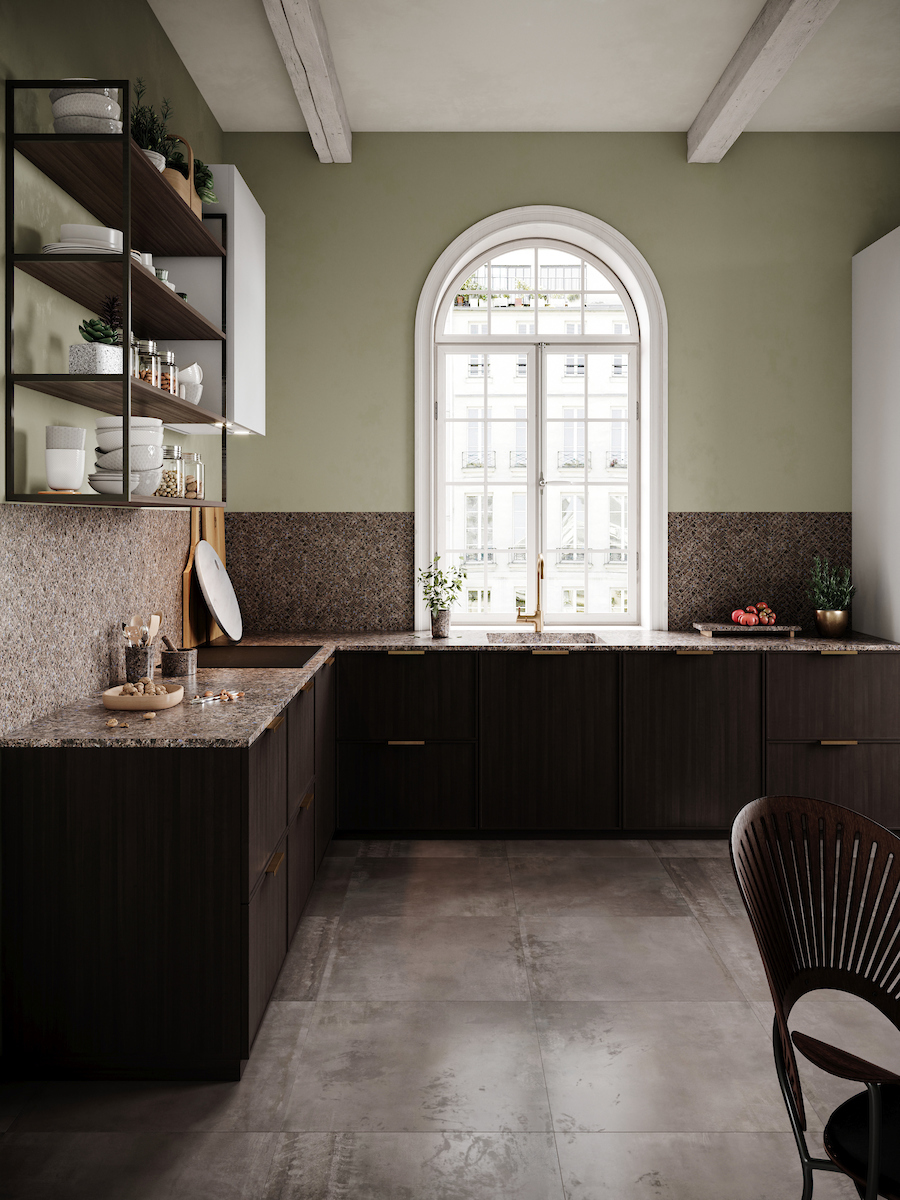
When in doubt, consider kitchen wall storage ideas, continues Meaghan Kessman, professional organizer. ‘Wall-mounted shelves or racks are a great way to keep your countertops clear while having frequently used items at hand, especially in small or open-plan kitchens,’ she explains. It is also a great way to incorporate your practical items into your kitchen decor ideas.
6. Make the most of drawer space
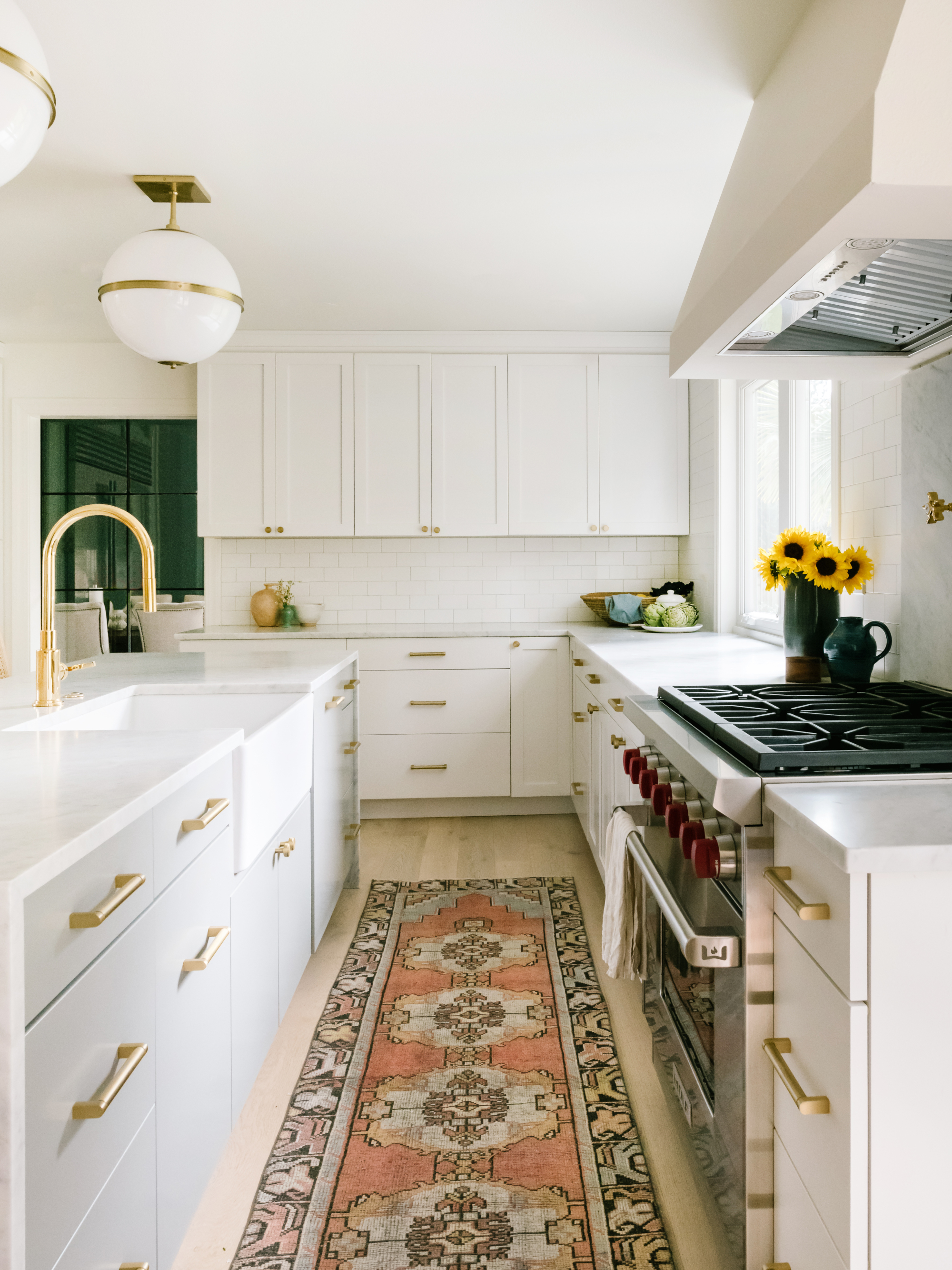
‘Whether the kitchen is big or small, maximize your drawer space,’ Courtney Cummings, professional home organizer and owner at The Stylish Organizer recommends. ‘Cooking utensils can be organized in a shallow drawer under the cooktop or next to the range, using drawer dividers to contain the chaos. Dish towels should be placed in a small drawer to the right or left of the sink for quick access, with the dishwasher on the other side. A trash pull-out works well under the dish towel drawer.
‘Cutting boards and in-drawer knife blocks, such as this one from Amazon, can share a wide drawer, while food storage containers can live in lower cabinets in deep drawers or stacked in a cabinet with or without lids on, using a lid organizer, available at The Container Store, to keep them neat. You’ll also want to make room for storage bags, foil, and plastic wrap – I like this in-drawer bag sorter from Amazon because it accommodates most bag sizes.'
Planned and organized well, an L-shaped kitchen can be one of the most efficient kitchen layouts – especially in medium-sized spaces. Remember when organizing a kitchen the layout and system you opt for the first time may not be the most efficient for you. Consider using some trial and error until you find the system that flows well as you cook.







